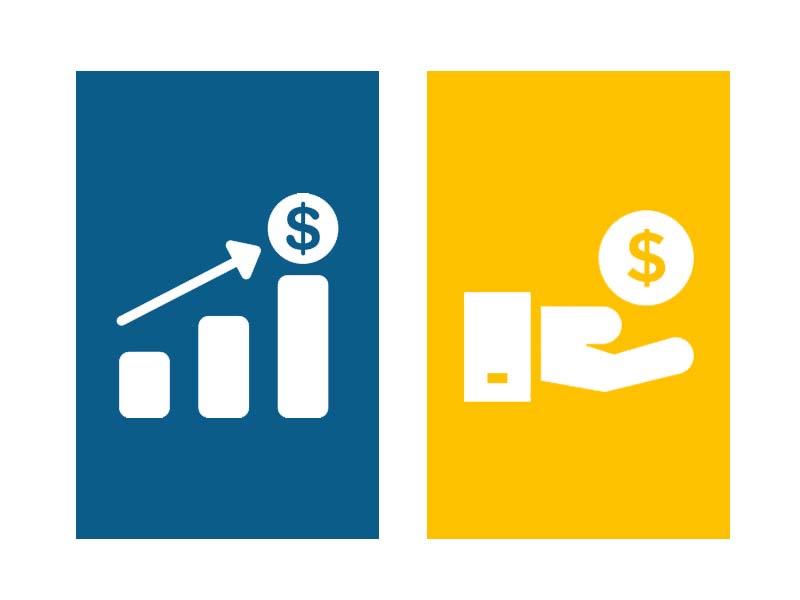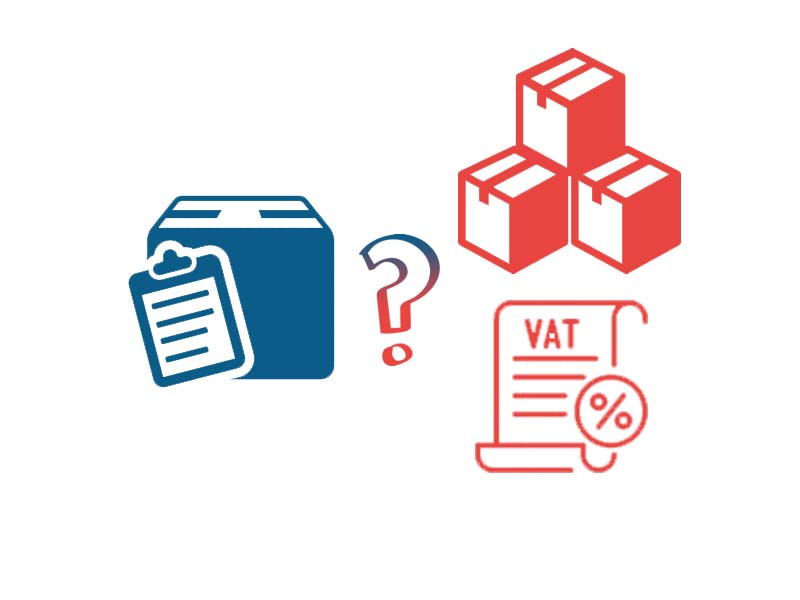
Companies are constantly looking for new ways to increase productivity, security and profitability of their operations. In the case of large companies this is a natural way, because there is almost always money and even departments of innovation. In the case of small and medium-sized enterprises, despite having the same importance, this is a more delicate route due to the reduced budget and the smaller margin of error. Cloud computing technology meets this bottleneck and brings many possibilities.
A study by Gartner shows that by 2020, companies that do not use cloud computing will be as rare as those who do not use the Internet today. That’s because most of the technological innovations are cloud-centric. According to the article ‘The ROI of Cloud ERP for SMBs’, the cloud business software market (ERP) accounts for only 2 to 7 percent of the total market. However, the forecast is that this percentage doubles every 5 years.According to Paessler AG’s “The State of Cloud Acceptance by SMBs”, which heard 2,000 IT decision makers in the US, UK and Germany, 63.5% of companies with fewer than 500 employees rely on cloud computing and are planning to expand the IT services they run in the cloud over the next few years.
Gartner analysts also predict that by 2020, more computing power will have been sold by laaS (Infrastructure as a Service) and PaaS (Platform as a Service) in the cloud than technologies sold and deployed in enterprise data centers. This is a representative transformation, since the IaaS market has grown by 40% per year since 2011 and is expected to continue to grow by more than 25% per year by 2019.
That said, we know that Cloud Computing will still bring about major changes in the near future. But why should an SME prioritize migration to the cloud?
Affordable cost
The main reason for SMEs to adopt cloud computing is obviously the costs. Hiring a service in the cloud is much cheaper than building and maintaining a data center, since the structure would involve spending on electricity (about 33% of the consumption of each establishment), skilled labor that is not leased to other areas in addition to system maintenance, in addition to network costs. Meanwhile, by adopting cloud computing, the whole of this equation is solved in a monthly fee.
Office 365 – The solution for integrated cloud services!
The main reason for SMEs to adopt cloud computing is obviously the costs. Hiring a service in the cloud is much cheaper than building and maintaining a data center, since the structure would involve spending on electricity (about 33% of the consumption of each establishment), skilled labor that is not leased to other areas in addition to system maintenance, in addition to network costs. Meanwhile, by adopting cloud computing, the whole of this equation is solved in a monthly fee.
ROI (Return of Investment)
In addition to the much lower cost, another benefit of cloud computing that can be calculated in figures is the return on investment, ie it is possible to tangibilize in how long the amount spent by the company will be offset. Nucleus Research reported a ROI calculation from the adoption of enterprise cloud software and ranged from 73% to 589% with a payback time ranging from 2 to 23 months, with average annual benefits of $ 72,790.00 a $ 715,603.00.
Mobility
Cloud computing enables remote work, among other things, enabling managers and employees to access any type of company data anytime, anywhere. This technology was one of the main responsible for the increase of the Home Office modality.
That is, cloud computing allows a much faster and faster service delivery than traditional computing would be capable of.
Scalability
Scalability in cloud computing allows the expansion of technological resources according to the needs of the company, being able to follow the growth of the company over time or even a temporary need to increase the computational resources to perform a certain work in a short period of time. time. Providing the necessary resources very quickly, not requiring large investments in software, equipment and teams.
- Benefits of scalability:
- Reduction of costs;
- Elasticity: Possibility to increase or reduce computational resources, according to the company’s need;
- Effective use of available IT resources.
Productivity
Because of the high collaboration that cloud computing provides organizations, the productivity of your company will only grow with the adoption of the same. For example, a file can be viewed and edited by several people from the same organization at the same time, without the need to save a file, send an email, wait for another colleague to get back to work.
Equally important factor are the backups. While traditional ones take hours, this process is automatic in the cloud system.
Additionally, it becomes much simpler to cross-company data to produce any type of report.
Additionally, it becomes much simpler to cross-company data to produce any type of report.
What’s New in Microsoft 365 Can Optimize Your Business Productivity!
Safety
The biggest discussion of the year was about data security. The cloud provider is responsible for the security of the Data Center where your company information is stored. This means that all information is located in an environment with maximum security, thus protecting your employees and your business as a whole.
There are those who think that if company data is not stored in internal hard drives, there is a greater risk of losing the information or that it is being invaded.
Is your company already suitable for LGPD?
But international security standards require advanced encryption, SSL, ISO and other protection tools, which makes these possibilities practically nil.
And with the automated backups mentioned earlier, if any errors occur, all company data will be available on another server a few clicks away.
And with the automated backups mentioned earlier, if any errors occur, all company data will be available on another server a few clicks away.
The Data Age is a path with no return
We are in the midst of the Data Age and all companies, even the medium and small ones, cannot fail to be prepared for the real advent of the market that is now Data Driven. In fact, Data is the main asset that each company has and to use them for business and revenue generation is the difference between competing, winning and even existing in the years ahead.
Monetizing data with applications of Artificial Intelligence, Machine Learning and Robotics, among other advances is the mission of managers tuned in the new economy.
Cloud Computing is first and foremost an enabler for the data input, to gain the most important highlight in each corporation generating benefits, revenue increase and even new lines of business.
To postpone such an important decision is to leave a flank open for obsolescence and misalignment in this new Data Age.



